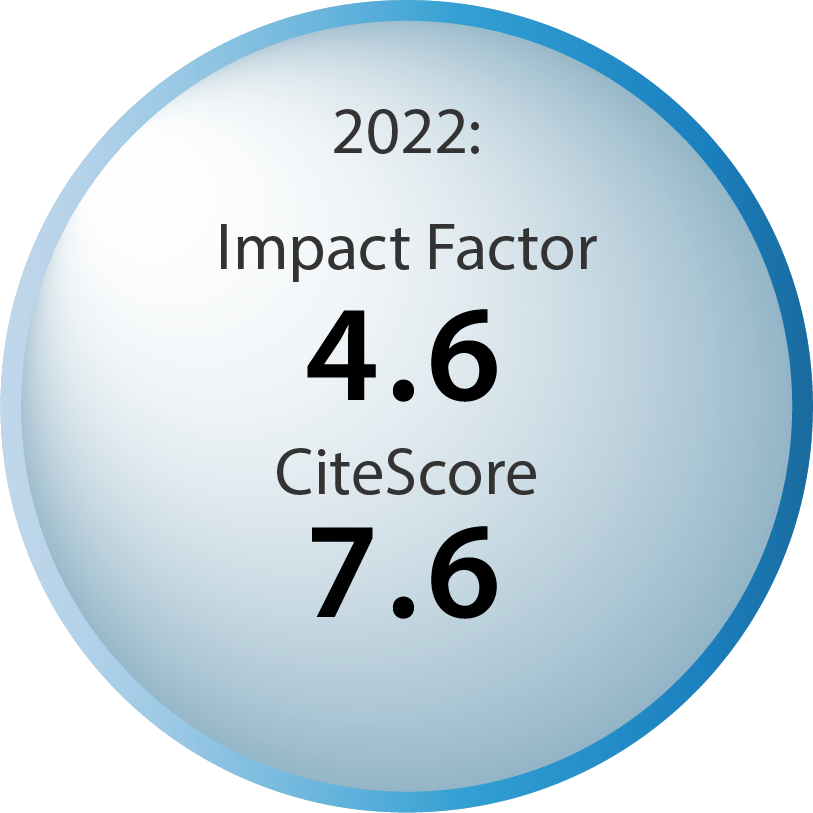In a nutshell:
Microbial Cell, Vol. 12, No. 1, pp. 1 - 8; doi: 10.15698/mic2025.02.841
Paving the way for new antimicrobial peptides through molecular de-extinction
1 Centro de Análises Proteômicas e Bioquímicas, Programa de Pós-Graduação em Ciências Genômicas e Biotecnologia, Universidade Católica de Brasília, Brasília 70790-160, Brazil. 2 S-Inova Biotech, Pós-graduação em Biotecnologia, Universidade Católica Dom Bosco, Campo Grande, Mato Grosso do Sul, Brazil. 3 Departamento de Ciência da Computação, Instituto Federal de Brasília, Campus Taguatinga, Brasília, Brazil. 4 Machine Biology Group, Departments of Psychiatry and Microbiology, Institute for Biomedical Informatics, Institute for Translational Medicine and Therapeutics, Perelman School of Medicine, University of Pennsylvania; Philadelphia, Pennsylvania, United States of America. 5 Departments of Bioengineering and Chemical and Biomolecular Engineering, School of Engineering and Applied Science, University of Pennsylvania; Philadelphia, Pennsylvania, United States of America. 6 Department of Chemistry, School of Arts and Sciences, University of Pennsylvania, Philadelphia, Pennsylvania, United States of America. 7 Penn Institute for Computational Science, University of Pennsylvania; Philadelphia, Pennsylvania, United States of America.
Keywords: molecular de-extinction, AMPs, encrypted peptides, defensins, bioinformatics, machine learning, deep learning.
Received originally: 06/10/2024 Received in revised form: 02/01/2025
Accepted: 07/01/2025
Published: 20/02/2025
Correspondence:
Octavio Luís Franco, ocfranco@gmail.com
Cesar de la Fuente-Nunez, cfuente@upenn.edu
Conflict of interest statement: Cesar de la Fuente-Nunez provides consulting services to Invaio Sciences and is a member of the Scientific Advisory Boards of Nowture S.L., Peptidus, European Biotech Venture Builder, and Phare Bio. He is also a member of the Advisory Board for the Pep-tide Drug Hunting Consortium (PDHC). All other authors have no conflicts of interest to declare.
Please cite this article as: Karen O. Osiro, Abel G. Ley, Fabiano C. Fernandes, Kamila B. S. de Oliveira, Cesar de la Fuente-Nunez, Octavio L. Franco (2025). Paving the way for new antimicrobial peptides through molecular de-extinction. Microbial Cell 12: 1-8. doi: 10.15698/mic2025.02.841
Abstract
Molecular de-extinction has emerged as a novel strategy for studying biological molecules throughout evolutionary history. Among the myriad possibilities offered by ancient genomes and proteomes, antimicrobial peptides (AMPs) stand out as particularly promising alternatives to traditional antibiotics. Various strategies, including software tools and advanced deep learning models, have been used to mine these host defense peptides. For example, computational analysis of disulfide bond patterns has led to the identification of six previously uncharacterized β-defensins in extinct and critically endangered species. Additionally, artificial intelligence and machine learning have been utilized to uncover ancient antibiotics, revealing numerous candidates, including mammuthusin, and elephasin, which display inhibitory effects toward pathogens in vitro and in vivo. These innovations promise to discover novel antibiotics and deepen our insight into evolutionary processes.
For full text please see the pdf.
COPYRIGHT
© 2025

Paving the way for new antimicrobial peptides through molecular de-extinction by Osiro et al. is licensed under a Creative Commons Attribution 4.0 International License.









